8 Different Types of Excavators and Their Features
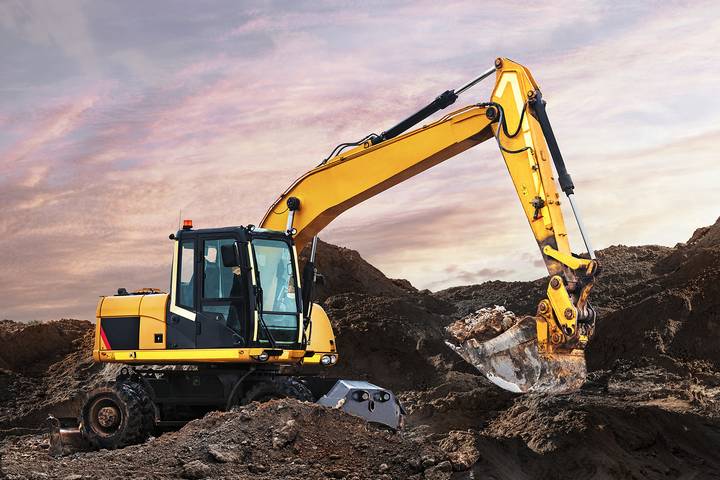
An excavator is a vehicle or heavy equipment used in construction that can perform various tasks, from digging to material handling, mining, river dredging, demolition, and more. They are frequently used in forestry, construction, and any jobs requiring digging and moving soil.
Excavators are the most common heavy equipment on construction job sites worldwide. They are so versatile that there are several types of excavators, each with a different specialty.
Let’s learn about the different types of excavators and their unique characteristics:
Type #1: Crawler Excavators
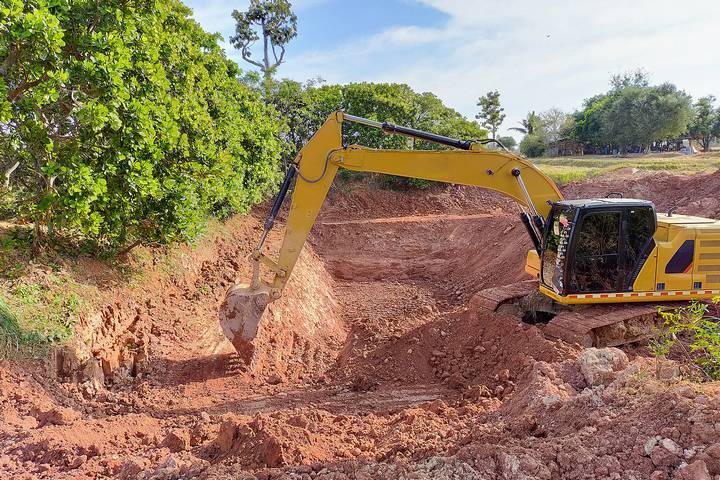
A crawler excavator is your standard excavator designed for bulk excavation. This construction equipment is used in major construction jobs to pick up debris, do foundation excavation, dredging, farming projects, landscaping, and demolition work. Most crawlers have a cab assembly that is capable of 360-degree rotation.
Crawler excavators work on rotating tracks that provide stability and traction, allowing them to crawl across rough terrain and safely along steep slopes. The tracks also exert less ground pressure than wheels, another reason why crawler excavators are preferred by many.
Type #2: Wheeled Excavators
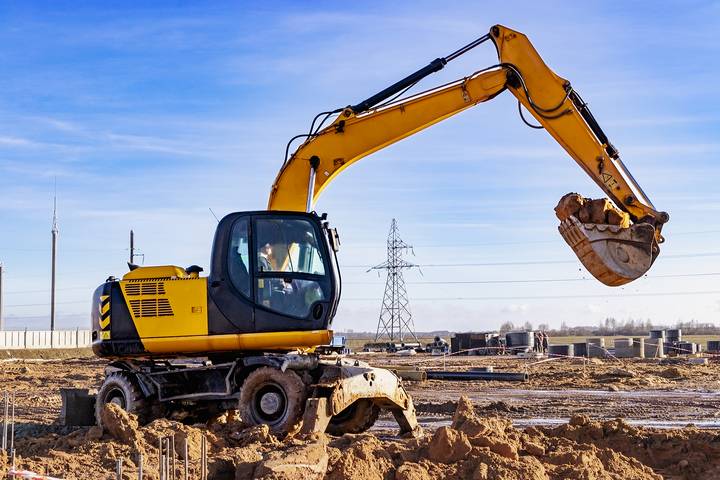
Wheeled excavators take your crawler design – nearly identical in size, power, and appearance – and set it on wheels. The advantage of a wheeled excavator is that it moves with more speed and is easier to maneuver in all directions. They are best used on hard, flat surfaces, such as asphalt or concrete.
This is why wheeled excavators are usually seen on roadwork projects. They are less stable on uneven ground, however. Unlike crawlers, which have to be carried from site to site, wheeled excavators have the benefit of being able to be driven.
Type #3: Suction Excavators
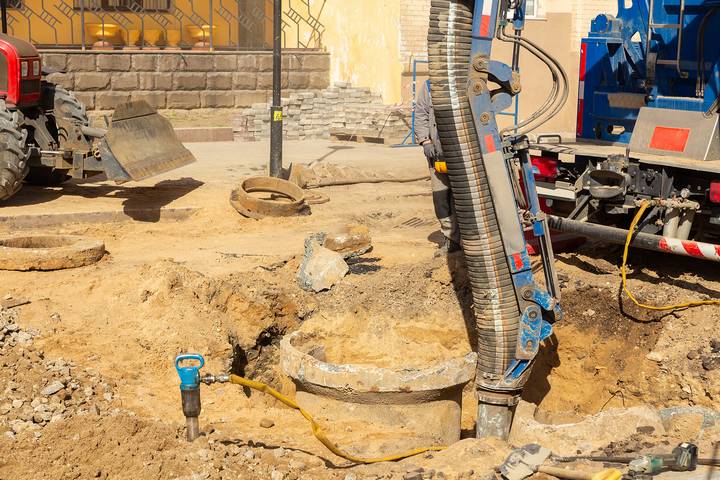
Suction excavators, aka vacuum excavators, loosen and remove soil in a very precise way. It’s done with a sharp-toothed suction pipe that can dig into the material, and that is electrified with up to 400 horsepower, releasing high-pressure water blasts to the soil to break and loosen it.
The vacuum on a suction excavator can carry soil and other debris at up to 200 miles per hour. Suction excavators are the go-to for delicate underground projects, although unsuitable for most large-scale applications.
Type #4: Dragline Excavators
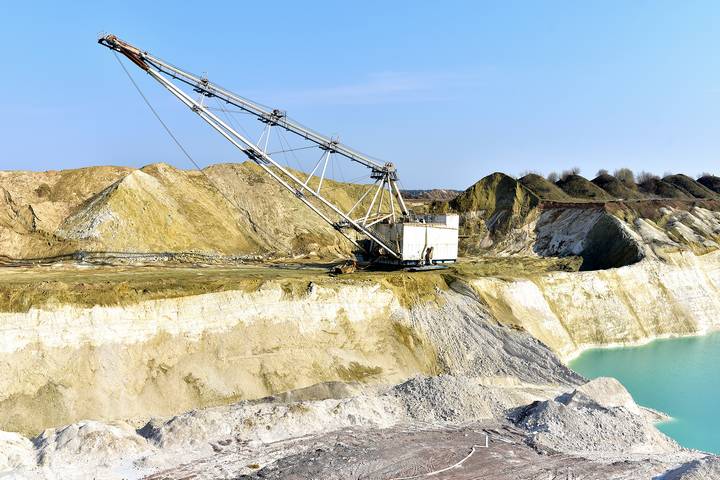
A dragline excavator is meant for large-scale civil engineering projects, i.e. strip-mining, canal dredging, harbour construction, surface mining, deep excavation, and underwater operations. This type of excavator is extremely large and often has to be assembled on-site. They use a hoist rope system attached to a bucket affixed to a dragline.
Material is collected, and the excavator lifts, rotates, and releases the contents where it’s meant to be dumped. A dragline excavator can dig to a depth of over 200 feet. However, due to their excessively large size, they are not suitable for any average construction project.
Type #5: Skid Steer Excavators
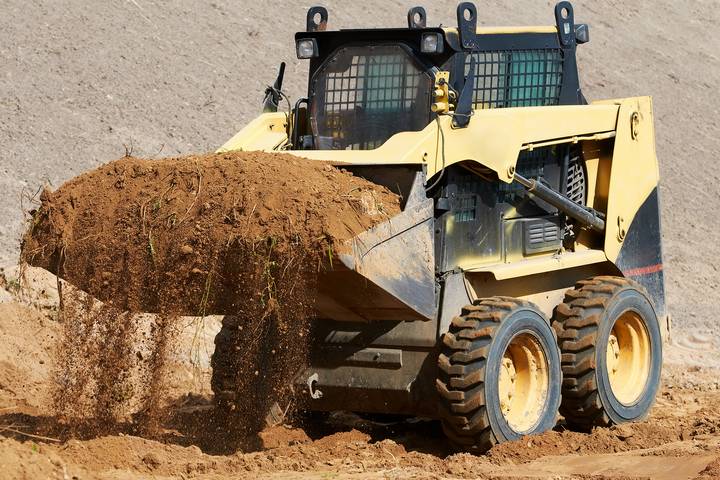
Skid steer excavators are usable for site clearing, debris removal, pool clearing, and similarly-sized residential projects. Easy to maneuver into tight, narrow spaces, for smaller projects, skid steers work.
They don’t resemble your average excavator as the boom and bucket face away from the driver. Skid steers sit on wheels and perform poorly on mud, snow, sand, or uneven surfaces. You can often rely on a skid steer for any project where a standard-sized excavator won’t work.
Type #6: Long Reach Excavators
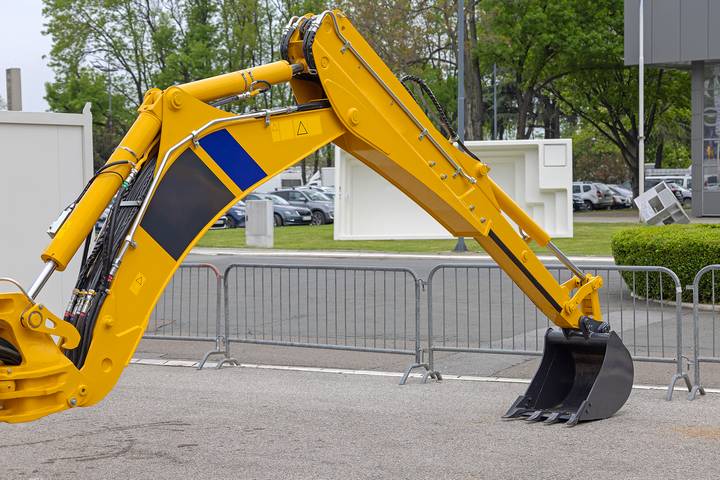
A long-reach excavator is, as you may guess, designed for jobs in hard-to-reach areas. They have a range of 40-100 feet with a lengthy extendable arm and boom. Long-reach excavators sit on tracks and are efficient for demolition or general excavation, i.e. underwater digging, deep trenching, or structural demolition. The extendable arm, however, has drawbacks, as its size makes it difficult to use in tight spaces.
Type #7: Mini Excavators
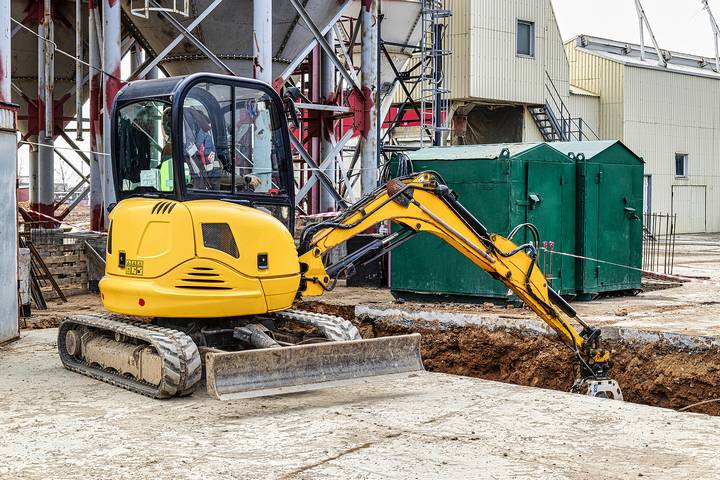
Mini excavators, sometimes known as compact excavators, are small, light, and precise. Fit them into any tight space, and they will perform. Mini excavators are typical for jobs like digging holes for trees, creating trenches for pipes, and jobs with many pipes or underground utility gas lines that must be navigated around.
As they weigh less than seven metric tons, mini excavators are easy to transport and can work on soft ground without tearing it up. Another key benefit to mini excavators is their ability to be used inside, maneuvering around tight turns and obstacles safely. They cannot dig to excessive depths and only handle smaller loads simultaneously.
Type #8: Hydraulic Shovels
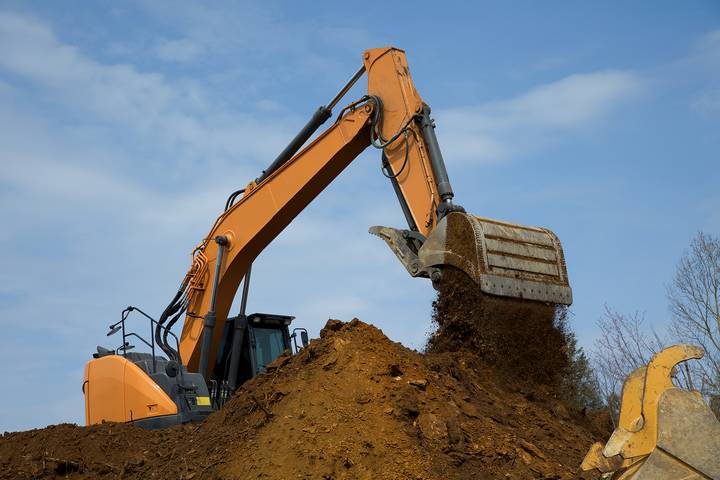
Hydraulic shovels are heavy-duty excavators used for mining, digging, and hydro excavation. They have a lifting arm and a large bucket to haul minerals, soil, rocks, and similar heavy materials. Hydraulic shovels are quite versatile, with powerful engines capable of extensive heavy-duty digging.
Unfortunately, a drawback of hydraulic shovels is that they are less than recommended for smaller jobs due to their slightly above-average size.
